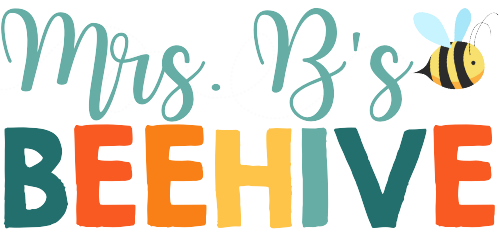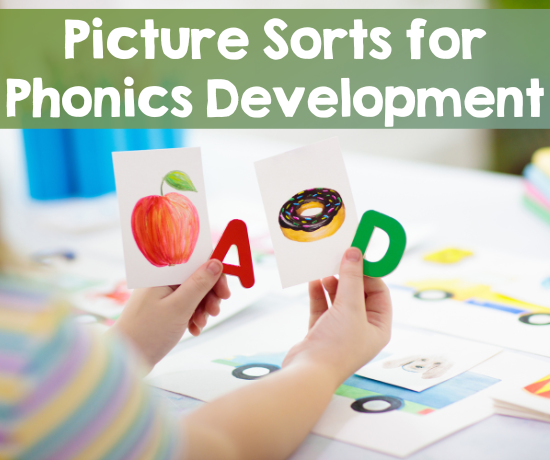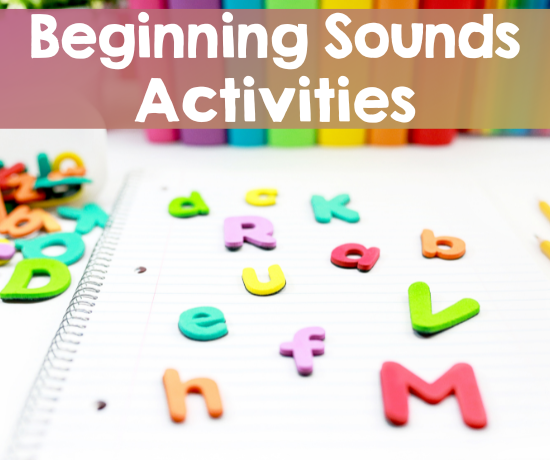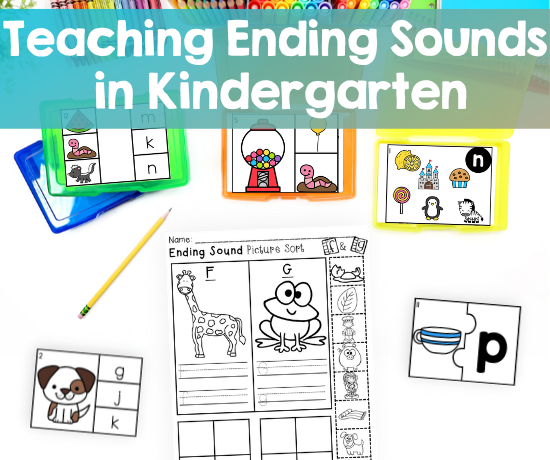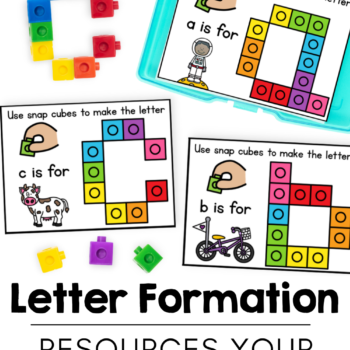Are you looking for a way to quickly and effectively teach letter formation in your kindergarten classroom? As teachers, we all know that effective teaching starts with having the right tools and resources, which is why it’s so important to stay on top of the latest teaching strategies.
A great place to start when developing your lesson plans is by finding new activities and resources for teaching letter formation. Doing this can help ensure that students are able to learn in an effective manner while also providing opportunities for creativity. In this blog post, I will discuss some of the best resource options out there as well as tips and tricks for making learning fun and engaging!
Why is it important to explicitly teach letter formation?

When it comes to language development in young children, letter formation plays a crucial role in building a strong foundation. Proper formation not only helps children write efficiently and legibly, but also promotes phonemic awareness, which is the ability to identify and manipulate individual sounds in spoken words.
This skill is essential for reading and spelling success. Additionally, letter formation requires fine motor skills, which help develop hand-eye coordination and finger strength – skills that are critical for other tasks, such as using utensils, tying shoes, and playing sports. In short, learning proper letter formation at a young age can have a significant impact on a child’s overall development and pave the way for a successful academic journey.
Fine Motor Strength Building Comes First
When it comes to child development, fine motor skills play a crucial role in overall growth. These skills involve the use of small muscles, like those in the hands and fingers, to perform tasks such as gripping, writing, and manipulating small objects.
Therefore, building fine motor strength should be a top priority for parents and caregivers. Not only does it support basic daily activities, but it also lays a foundation for future success in more complex tasks like keyboarding and playing musical instruments.
Incorporating activities that require precise and controlled movements, such as coloring and cutting with scissors, can help children improve their fine motor skills and hand-eye coordination.
In a perfect world, students would come into kindergarten with the fine motor strength they need to start working on letter formation. If this isn’t the case you may need to work on developing students fine motor strength for a couple of weeks before you jump into letter formation. Here are some resources to help you get started building fine motor strength:
- Fine Motor Freebies
- The Best Fine Motor Tools for Pre-K and Kindergarten
- Fine Motor Activities that Strengthen Academic Skills
Tips and Tricks for Teaching Letter Formation in a Fun and Engaging Way
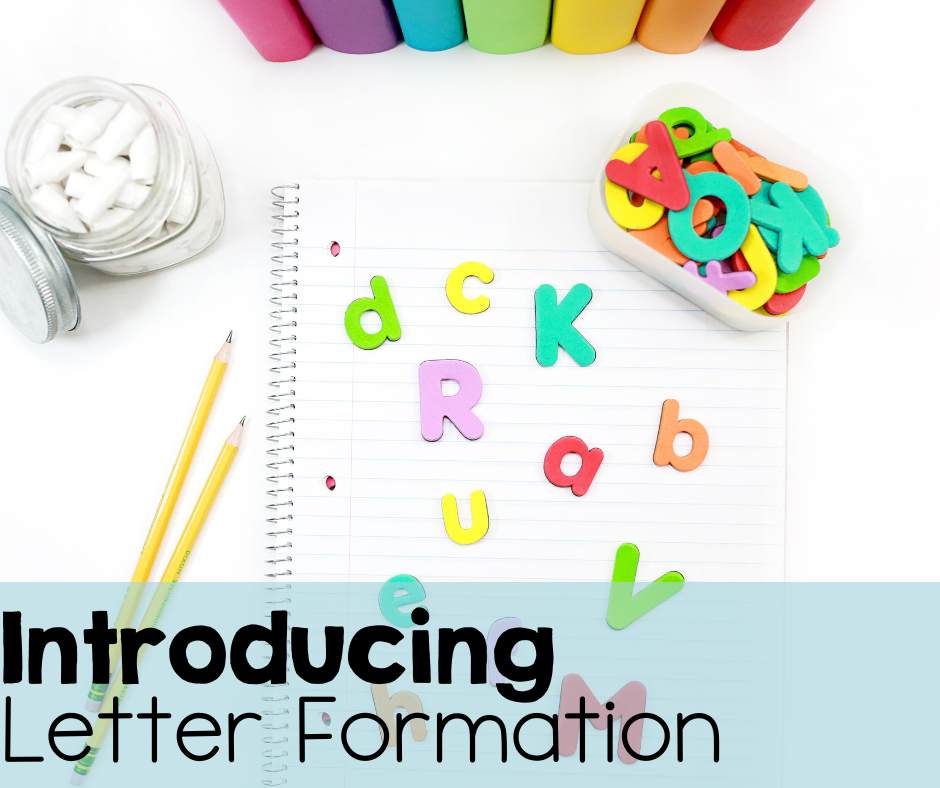
Learning to write is an essential skill that every child must master. Teaching proper letter writing can be a tedious task, often leading to boredom and frustration among young learners.
However, incorporating fun and engaging activities into the teaching process can make learning letter writing both enjoyable and effective.
Using tactile materials like playdough or snap cubes, employing multi-sensory techniques like tracing, and using fine motor tools to make letters are just a few examples of how to make letter formation more interesting.
By making learning a fun and interactive experience, children are more likely to be motivated and engaged in their writing practice.
Making time every day to practice letter formation at the beginning of the year
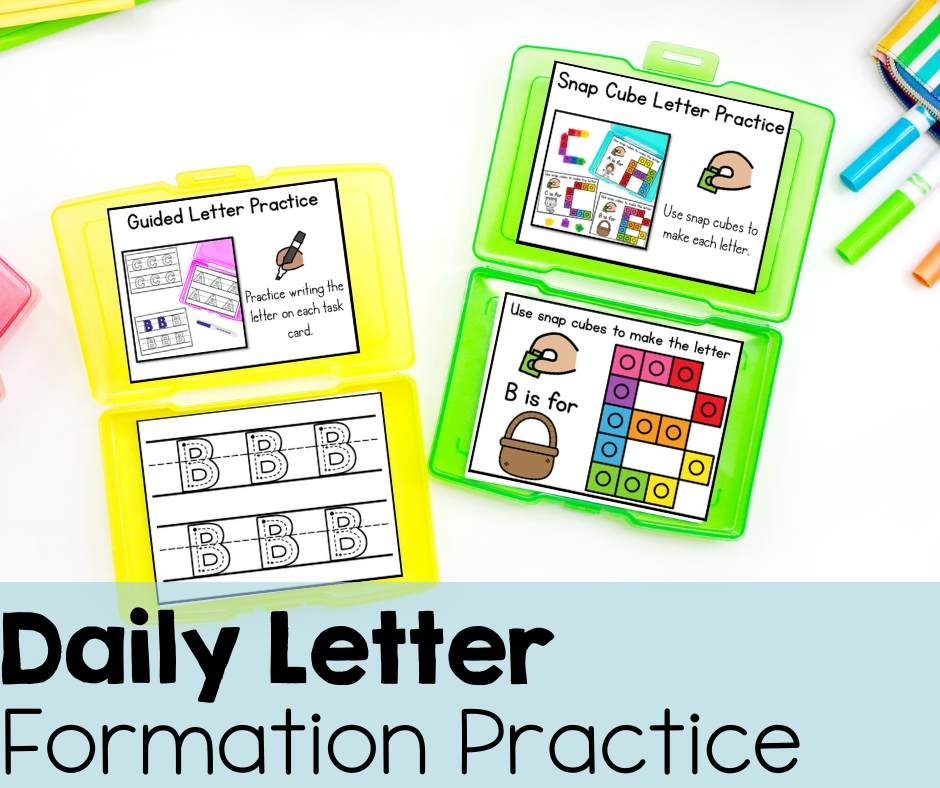
As the new school year begins, it’s important to establish good writing habits early on. One way to do this is by making time every day to practice forming letters.
By committing just a few minutes each day, students can improve their writing skills and build the foundation for success in the classroom. Incorporating this practice into a writing workshop can also encourage students to be creative with their writing while reinforcing the importance of proper letter writing. With consistency and dedication, this simple routine can make a big impact on a student’s writing ability.
Some writing curriculums will want you to start writing in notebooks on day one. I find that this leads to frustration and disengagement when students haven’t been taught the basics of letter writing. If you want to know more about how I set up my writing workshop throughout the year, including my initial focus on letter formation, check out the posts below:
- Writing Workshop Stages in Kindergarten
- 5 Ways to Build Confidence in Beginning Writers
- 70 Easy Writing Workshop Mini-Lesson Ideas
Letter Formation Resources
When it comes to teaching children how to write, having the right resources is key. Fortunately, I have a variety of letter formation resources available to help young learners develop their skills.
I recently created some letter and number formation task cards that will help your students learn letter formation while at the same time, strengthening their fine motor skills.
These task cards include the following activities:
- Letter tracing
- Independent letter writing
- Dot-to-Dot letter formation
- Popsicle stick letter formation
- Pattern block letter formation
- Playdoh letter formation
- Pom Pom letter formation
- Snap cube letter formation
This resource works perfectly for beginning of the year centers during writing workshop time. You can have a couple students working with each task card box and the manipulative that goes along with it. Students will quickly learn the correct way to make a letter while at the same time strengthening their fine motor skills.



Grab the letter and number resources below:
- Uppercase Letter Formation Task Cards
- Lowercase Letter Formation Task Cards
- Numbers 1-20 Formation Task Cards
- Letter and Number Formation Bundle with all 3 resources included
Here are a couple of other resources you might be interested in to help build your students’ letter formation skills:
Assessing Letter Formation

Once you’ve introduced all of the letters and students have a solid grasp of how to form letters, you will want to assess their progress.
I created this letter writing rubric to help teachers analyze student handwriting and clearly communicate to parents any areas that still need to be worked on. Grab your free copy of this rubric to start easily assessing your students!
Letter Formation Work Will Always Pay Off!
Letter formation is an essential skill in kindergarten. It’s important for your students to develop their fine motor strength and know the correct formation of each letter.
Utilizing a fun and engaging teaching strategy, focusing on a different letter every day, and spending just 5 minutes at the beginning of each day will help ensure that letter writing sticks for your students.
By using these amazing resources and tips teachers have the tools they need to successfully teach their students how to master the skill of letter formation. If you’re looking for additional teaching aids and activities to use for teaching letter writing, don’t forget to purchase the task cards today!
